This Mathematician Entered University At The Age Of 13, Received Master Degree At 16, Solved Maths Problems Even After Being Blind
Karamchand Rameshwar - Feb 17, 2020
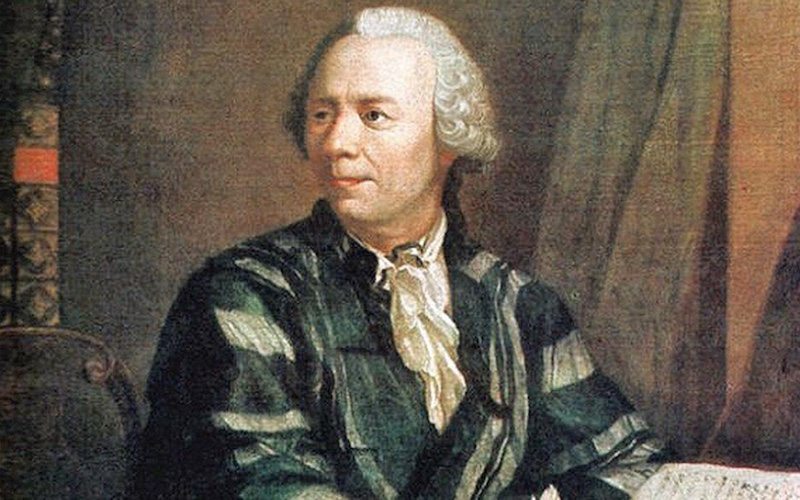
Entering university at the age of 13, receiving his first Master's degree at 16 years old, this mathematician could still contribute to many areas of study after being blind.
- A Math Formula Tells Us How Long Everything Will Live
- 15 Examples Of Maths Patterns In Nature That Will Stun You (Part 1)
- Indian Kid Broke 4 World Records In Maths After Surviving Severe Head Injury
Leonhard Euler, born on 15 April 1707 in Basel, Switzerland, was a renowned 18th-century scholar and physicist, who developed multiple concepts that have been an integral part of modern mathematics.

Leonhard Euler was among the most pioneering thinkers in maths. He established a career as an academy scholar and also contributed significantly to the fields of trigonometry, calculus, geometry, and more. During his lifetime, Euler released hundreds of publications and articles. Despite being almost blind, Euler’s productivity was hardly effected and he still kept releasing more valuable works. He passed away on 18 September 1783 at the age of 76.
Early Life & Education
Leonhard Euler wasn’t planned to be a mathematician in the first place. His parent wanted him to be a clergyman, but he showed an early propensity and aptitude for mathematics. In 1720, he enrolled at the University of Basel at the age of thirteen and it took him three years to receive a Master of Philosophy. During that time, he was still learning maths with Johann Bernoulli, who discovered that Euler was meant to be a mathematician.
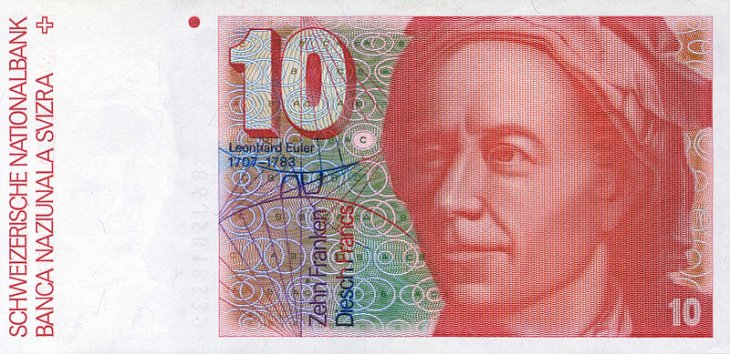
In 1727, he moved to Russia and served in the navy before becoming a professor of physics at the ST. Petersburg Academy and later head of the mathematics division.
In early 1734, he married Katharina Gsell and had many kids but only five of them lived past their father. After 40 years of marriage, Katharina passed away. Three years later, Euler married her half-sister, Salome Abigail Gsell, and the marriage last until his death.
The first book he published is Mechanica in 1736. It is a two-volume rock that describes analytically the mathematics governing movement. In 1738, he lost most of his sight in his right eye due to fevers and overexertion because of the cartography work.
Heads Academy of Science
In the mid-1740s, he was appointed the maths director of the Berlin Academy of Science & Beaux Arts and became head of the organization in 1759. Despite immensely contributed to the Academy’s prestige, Euler eventually incurred the anger of King Frederick II and had to leave Berlin. In 1766, he returned to Russia and became head of the St. Petersburg Academy.
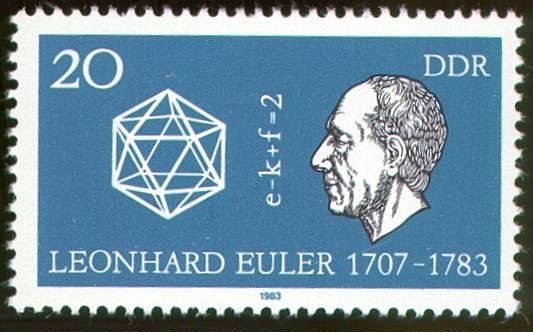
In 1776, after a failed surgical, Euler was nearly blind, but that seemed to have little to no impact on his productivity thanks to his exceptional memory and mental calculation skills. With the help of his scribes, his productivity actually increased in many areas of study. In 1775, he published one mathematical paper every week on average.
Revolutionary Principles
In his lifetime, Euler came up with various principles that laid the foundation for much of modern mathematics. He was a revolutionary thinker in many fields such as geometry, trigonometry, infinitesimal calculus, algebra, and number theory, as well as lunar theory, continuum physics, other areas of physics. The Euler’s Identity theorem is cited as the most delightful of equations. He also worked on the fields of acoustics, mechanics, music, and astronomy/luna motion.
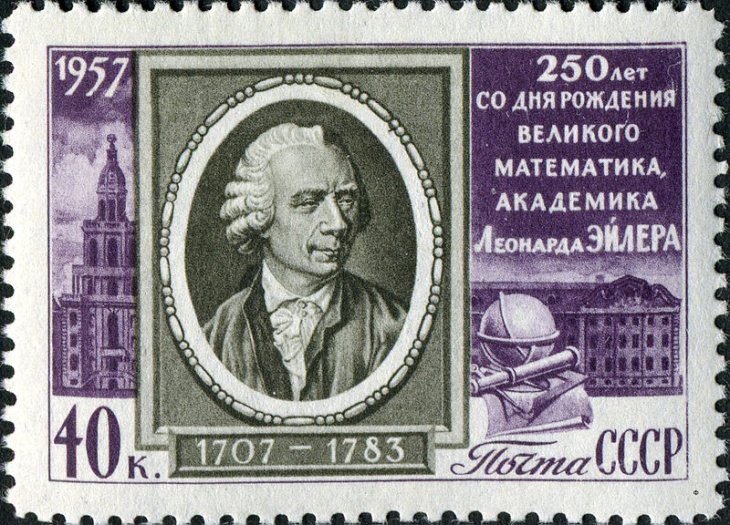
Euler is also considered to be one of the most prolific mathematicians of all time. He wrote hundreds of publications and paper over his career, including the “Letters of Euler on different Subjects in Natural Philosophy Addressed to a German Princess” compiled from more than 200 letters Euler wrote in the early 1760s to Charlotte of Brandenburg-Schwedt - King Frederick II's niece and Princess of Anhalt-Dessau Friederike.
Death & Legacy
On 18 September 1783, after having lunch with his family in St. Petersburg, Euler was having a discussion on the newly-discovered planet Uranus and its orbit with one of his fellow academicians Anders Johan Lexell, when he collapsed from a brain hemorrhage and passed away several hours after that. He was buried next to his first wife Katharina at the Smolensk Lutheran Cemetery on Golladay Island. to commemorate the 250th anniversary of his birth in 1956, the headstone was moved together with his remains to the 18th-century necropolis at the Alexander Nevsky Monastery.
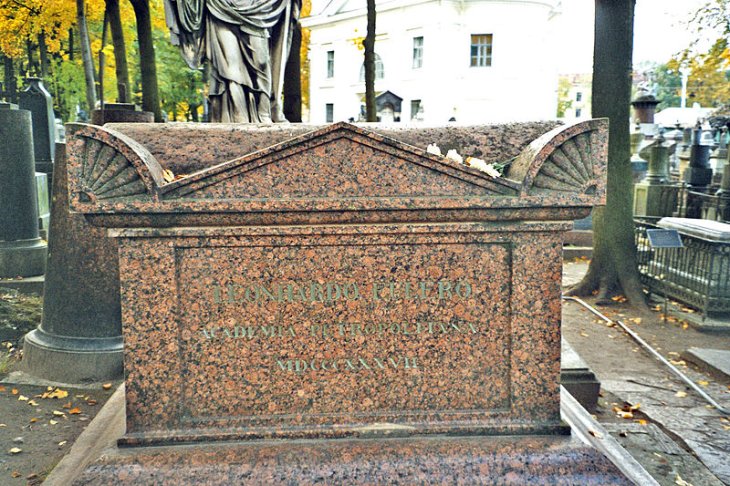
Euler’s legacy has played a very important role in shaping the modern playing field of maths and engineering, with his work honored by mathematicians and highlighted by the Mathematical Association of America.
Leonardi Euleri Opera Omnia, began in 1907, gives an overview of the history as well as the present state of the edition of the complete work of his work from 1707 to 1783. It has had dozens of volumes published over the years.
Featured Stories

Features - Jul 01, 2025
What Are The Fastest Passenger Vehicles Ever Created?

Features - Jun 25, 2025
Japan Hydrogen Breakthrough: Scientists Crack the Clean Energy Code with...

ICT News - Jun 25, 2025
AI Intimidation Tactics: CEOs Turn Flawed Technology Into Employee Fear Machine

Review - Jun 25, 2025
Windows 11 Problems: Is Microsoft's "Best" OS Actually Getting Worse?

Features - Jun 22, 2025
Telegram Founder Pavel Durov Plans to Split $14 Billion Fortune Among 106 Children

ICT News - Jun 22, 2025
Neuralink Telepathy Chip Enables Quadriplegic Rob Greiner to Control Games with...

Features - Jun 21, 2025
This Over $100 Bottle Has Nothing But Fresh Air Inside

Features - Jun 18, 2025
Best Mobile VPN Apps for Gaming 2025: Complete Guide

Features - Jun 18, 2025
A Math Formula Tells Us How Long Everything Will Live

Features - Jun 16, 2025
Comments
Sort by Newest | Popular